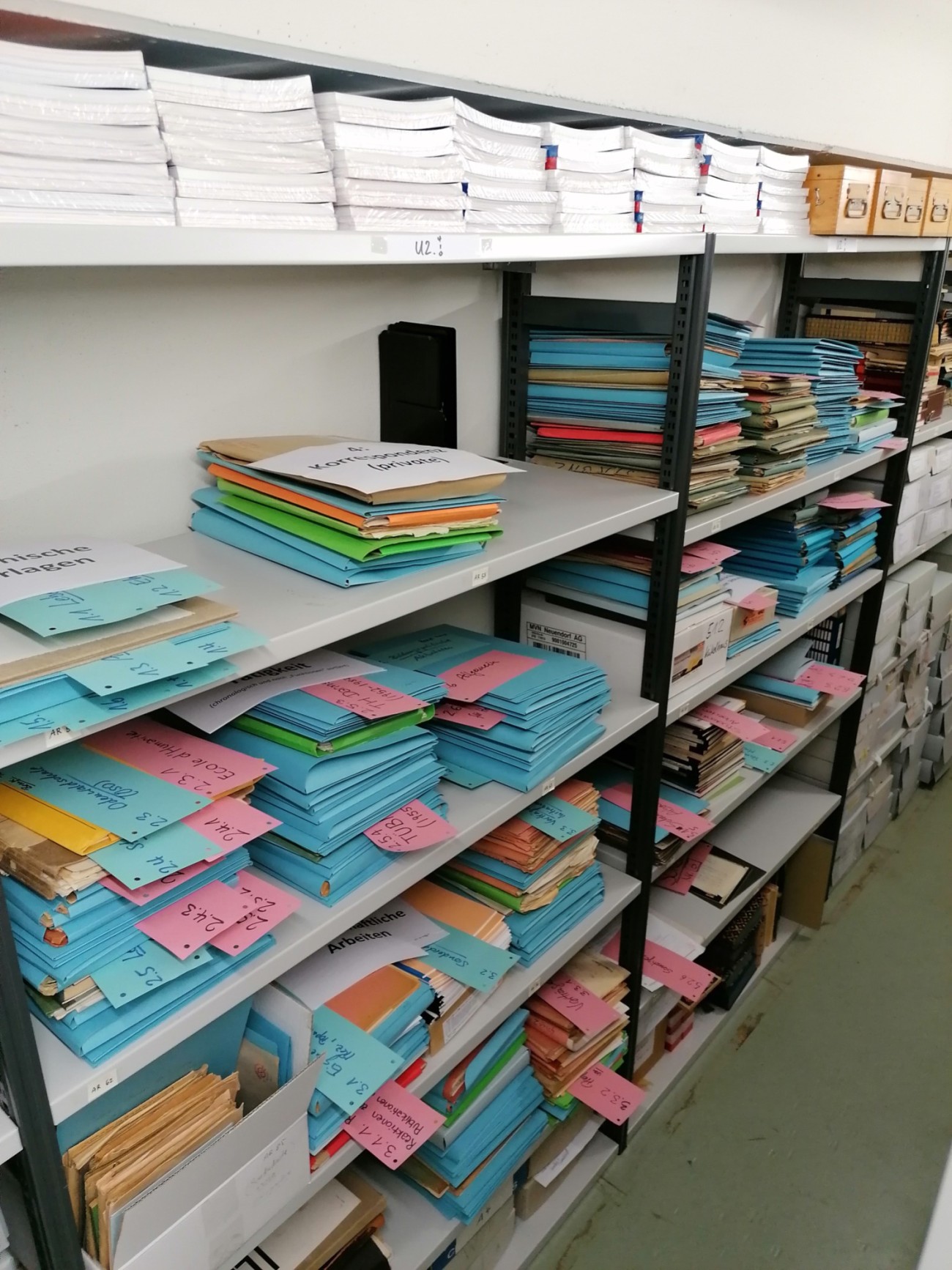Martin Wagenschein 2.0: A Darmstadt classic of pedagogy – rethought
Duration: Since January 2022; financed from central QSL funds
Initial situation
Martin Wagenschein (1896-1988) is an established figure beyond the boundaries of his subjects of physics and mathematics, particularly within the field of scientific education. Introductory works on the discipline have long counted him among the so-called “classics of education”. Although he earned his doctorate in physics, he always saw himself as a pedagogue. His ten years working at the reformist Odenwald School were instrumental in developing his approach of 'genetic teaching'. Discussing with the great physicists of his time, as a young teacher he made contact with Max Planck, for example, who expressly supported him in his didactic endeavours to 'teach understanding'. His didactic endeavours ultimately also led Wagenschein into the training of prospective teachers. From 1952 to 1987, Wagenschein held a teaching position for “Practical Pedagogy” at the former TH Darmstadt, which he held until old age. He can also be regarded as one of the pioneers of interdisciplinarity, especially for the teaching profession, as he always worked didactically at the point where the subject wanting to understand and the subject matter interpenetrate each other. Wagenschein received numerous honours throughout his life. Particularly noteworthy are the honorary doctorate from the TH Darmstadt on 1 February 1978 and the Didactics Prize for Physics from the German Physical Society on 19 March 1986. Due to his many years of involvement in teaching at the TU Darmstadt, there were repeated efforts to further develop and continue his didactics. For example, in the former department of Prof. Peter Euler (General Education with a focus on Education in Natural and Environmental Sciences). The initiative to secure Martin Wagenschein's important legacy for the TU Darmstadt also came from there.
Project goals
As a co-operation project between general education, physics didactics and the TU Darmstadt archive, the project pursues two major goals.
From the perspective of the archive, the project initially aims to secure Martin Wagenschein's life's work in the best possible way, to make it accessible for the future and to enable it to be used academically. This will be ensured through archival cataloguing and academic processing of the estate.
From the perspective of general pedagogy and physics didactics, the project aims to enable student teachers to change their view of the natural sciences by opening up scientific objects from the perspective of their historical-genetic understanding. In this way, the academic engagement of student teachers in the field of natural sciences with the writings of Martin Wagenschein is aimed at making them useful for designing and improving lessons. Among other things, the aim is to develop the ability to recognise fundamental conceptual problems of learners on the basis of historical ways of thinking and cognition. The development of a subject-specific pedagogical teaching awareness is a prerequisite for identifying learners' conceptual problems in terms of subject-specific pedagogy and being able to utilise them in lessons. This is because an instrument of subject pedagogical diagnostics can be gained from the processing of thought and cognitive paths with pedagogical intent, which contributes to the analysis of learners' comprehension problems and sensitises them to dealing with them. These insights can then be used to develop didactic options for action. Finally, Martin Wagenschein's genetic teaching serves to develop further so-called genetic courses based on his thinking and to bring his didactics to life in the context of courses. Students are thus given the opportunity to deal intensively with the pedagogical dimension of didactic problems and to make these productive for teaching in the sense of Wagenschein.
For example, the examination of the historical ways of thinking and cognition in the natural sciences enables the creation of teaching materials through the pedagogical processing of text documents and original historical sources or historical experiments or their corresponding updates. Overall, the aim is not only to familiarise ourselves with Wagenschein's work and didactics, but also to investigate how they can be applied to a heterogeneous, diverse and digital teaching and learning environment in the 21st century. Overall, the interdisciplinary project is designed in such a way that the student research work will advance the indexing and evaluation of the aforementioned archive materials and at the same time make an important contribution not only to the university's historical reappraisal, but also to the visualisation of Martin Wagenschein's work.



